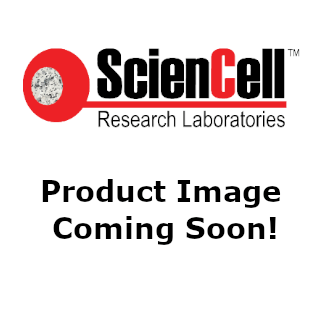

MSCs transdifferentiate into neural lineage cells in appropriate experimental conditions and modulate the immunoreactivity to reduce inflammation. MSCs secrete many kinds of neurotrophic factors and display poor immunogenicity. MSCs are progenitor cells from the mesoderm and are also accessible from the bone marrow, adipose tissue, and placenta for culture. The other strategies involve the gene-mediated enhancement of intrinsic neuronal regrowth machinery after injury, such as the modulation of the PTEN/mTOR pathways, and using cell therapy to replace the dead or damaged cells, such as neural stem cells (NSCs) or mesenchymal stem cell (MSCs). Therefore, there are several strategies in SCI therapy to improve the hostile injury environment, including supplying trophic factors for cell protection, chondroitinase ABC for proteoglycan degradation to decrease the concentration of inhibitory molecules, and Decoy 3/minocycline to reduce inflammation. In general, axons fail to regenerate, and neurologic recovery is prevented by the poor intrinsic regeneration capacity of neurons and by the presence of growth inhibitors in the adult spinal cord. The primary damage caused by external forces is followed by a secondary injury cascade involving oxidative stress, excitotoxicity, metabolic changes, inflammatory processes, and necrosis or apoptosis the induced gliosis and fibrosis produce a challenging environment for axonal regrowth. Spinal cord injury (SCI) is a debilitating and complex neurological condition. The superiority of the derived conditioned medium on neural repair shows potential for future clinical applications. The NRLM culture system provides rapid expansion effects and functional hMSCs. Among these proteins, 6 demonstrated significantly increased expression in NRLM-CM: adiponectin (Acrp30), angiogenin (ANG), HGF, NAP-2, uPAR, and IGFBP2. Cytokine arrays performed in hMSC-CM further revealed the presence of at least 120 proteins. Both types of hMSC CM effectively enhanced injured neurite outgrowth and protected against H 2O 2 toxicity in spinal cord neuron cultures. NRLM-MSCs also showed increased adipose differentiative potential and reduced CD90 expression. In comparison with standard culture medium MSCs, NRLM-MSCs proliferated faster regardless of the age of the donor. ResultsĬompared to standard culture medium, NRLM-CM had superior in inflammation reduction and neurite regeneration effects in vitro and improved functional restoration in SCI rats in vivo. Additionally, we investigated the effect of the conditioned medium (referred to as NRLM-CM) on neural repair, including inflammation inhibition, neurite regeneration, and spinal cord injury (SCI), and used a coculture system to detect the neural repair function of NRLM-MSCs. Several characteristics, including CD marker expression, differentiation, and growth curves, were compared between MSCs cultured in standard medium and NRLM. MethodsĬommercial and patient bone marrow hMSCs were obtained for cultivation in standard medium and NRLM separately. In this study, we investigated the effect of hMSC-conditioned medium supplemented with bFGF, EGF, and patient plasma, namely, neural regeneration laboratory medium (NRLM), on SCI in vitro and in vivo. However, very few studies have focused on the potential of human MSC (hMSC) culture medium formulations for injured spinal cord repair. Many studies have investigated MSC expansion efficacy of all kinds of culture medium formulations, such as growth factor-supplemented or xeno-free medium. Mesenchymal stem cells (MSCs) and their secreted factors show promising potential for regenerative medicine. Spinal cord injury (SCI) is a complex and severe neurological condition.


 0 kommentar(er)
0 kommentar(er)
